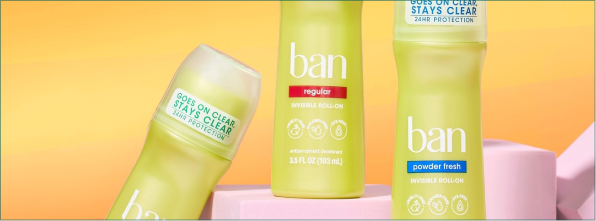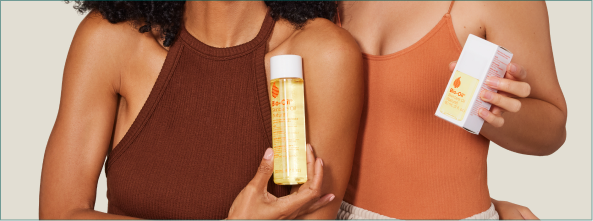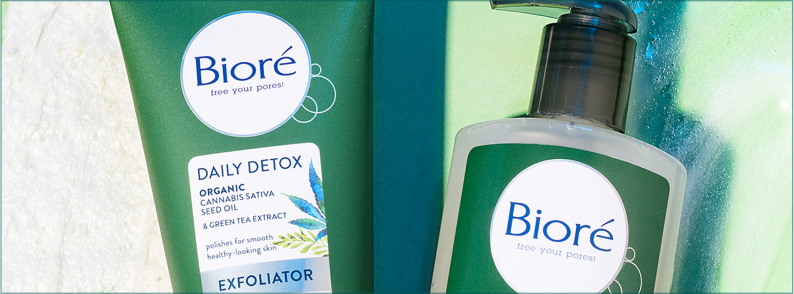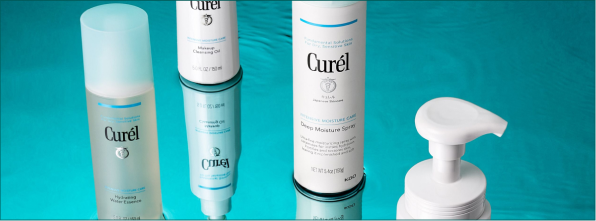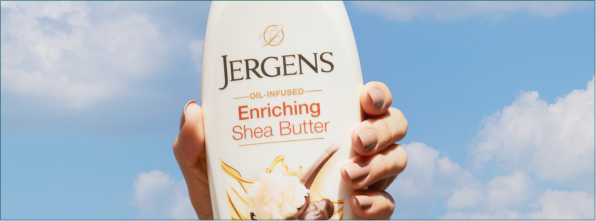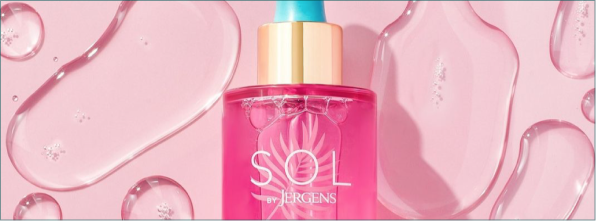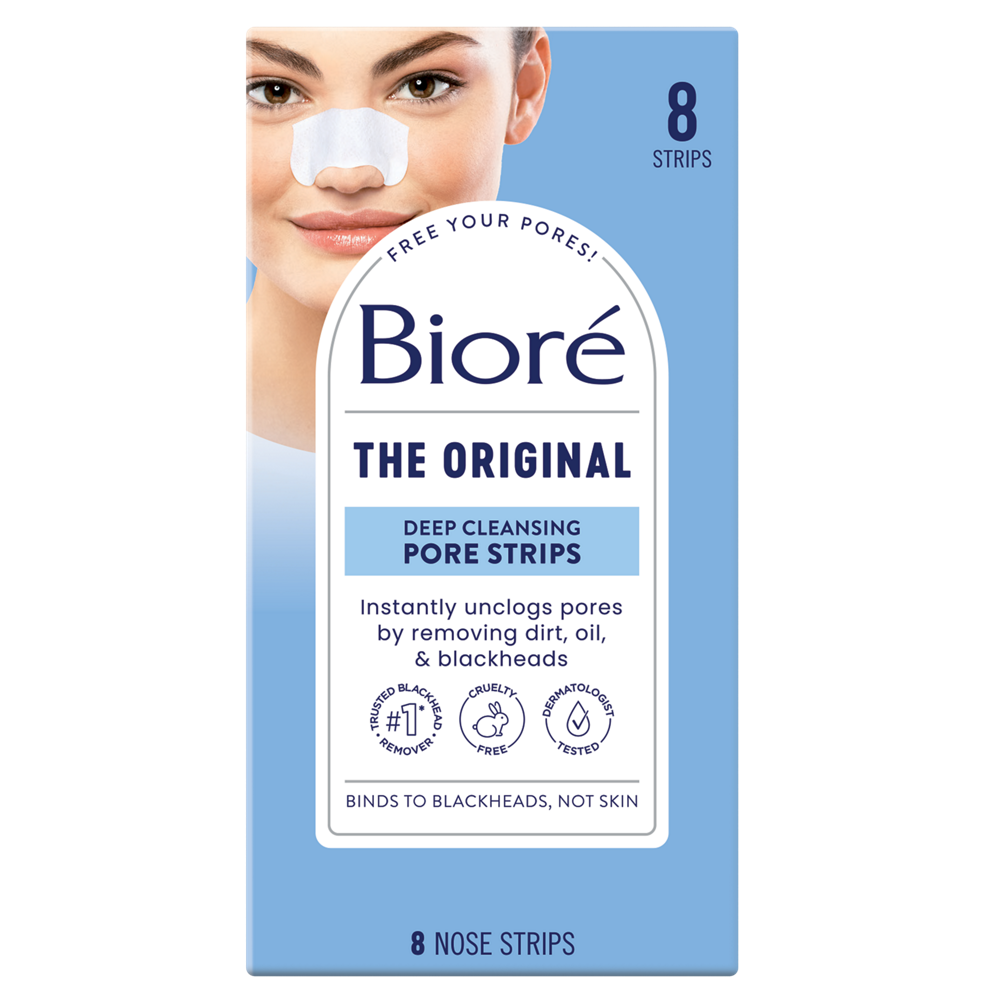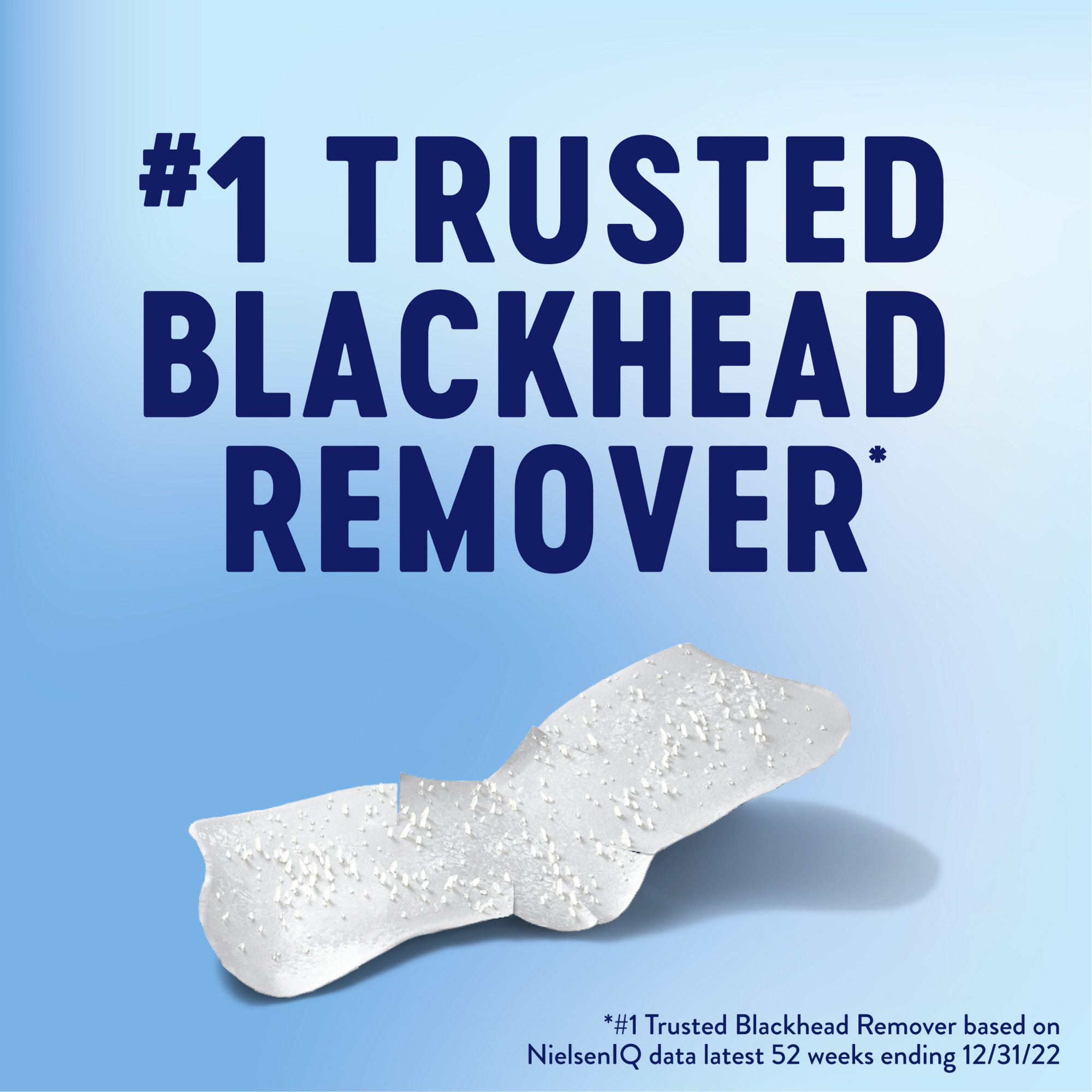How to Get Rid of Blackheads on Your Forehead

Blackheads on your forehead are frustrating and annoying, but getting rid of them can be a breeze with the right tips and tricks. Learn how to get rid of blackheads on your forehead and prevent them in the future with these top tips!
What are Blackheads?
Compared to other forms of acne, blackheads are a less inflammatory form known as open comedones. They are clogged pores that become visible on your skin and can usually be attributed to an over-production of sebum mixed with dead skin cells, dirt, and other pore-clogging materials. When the sebum is exposed to oxygen, it darkens and creates a dark spot on your skin
What Causes Blackheads on Your Forehead
Your forehead is part of the T-Zone, a part of your face that also includes your nose and chin. Your T-Zone typically produces more oil than the rest of your face, so blackheads are more likely to form in this area. The main causes of blackheads on your forehead (and all over your body) are most often dirt, oil, and dead skin cells clogging your pores. Some of the oil on your skin is known as sebum, and is naturally produced by your skin to hydrate and protect itself.
Your T-Zone typically produces more oil than the rest of your face, so blackheads are more likely to form in this area.
The primary causes of blackheads on your forehead are:
- Excess oil naturally produced by your skin
- Pore-clogging products like sunscreen and makeup
- Not washing your face after a sweaty workout
- Residue from hair products settling on your forehead
- Dry, flaky skin clogging your pores
Some people produce more oil than others. If you have naturally oily skin, you are typically more prone to blackheads and clogged pores. Oily hair and hair product residue can also lead to blackheads by seeping down from your scalp and clogging the pores on your forehead. Unfortunately, constantly washing your face during the day to remove excess oil is not the answer. Washing your face too often can cause your skin to overproduce oil because it thinks that it’s too dry. Use our tips on how to use cleanser to learn more about how to wash your face.
On the other hand, if you have dry skin, blackheads on your forehead may be caused by dead skin getting trapped in your pores. In this case, gently exfoliate your skin once a week in addition to cleansing and moisturizing your skin daily.
How to Get Rid of Blackheads on Your Forehead
1. Pore Strips
Pore strips are a great go-to for removing blackheads because they’re effective and simple to use. While pore strips are most commonly used for blackheads on your nose, larger face pore strips are ideal for blackheads on your forehead. After using a pore strip, gently rinse your face with lukewarm water, and dab a Witch Hazel toner on your skin for additional cleansing.
While pore strips are most commonly used for blackheads on your nose, larger face pore strips are ideal for blackheads on your forehead.
2. Manual Extractions
Manual extractions can be another one of the more immediate ways to remove blackheads, but be careful if you’re trying to do them on your own. DIY extractions without the right tools and techniques can damage your skin and increase the severity of your blackheads. We recommend scheduling an appointment with a skincare professional.
3. Exfoliate
If your skin is dry, excess dead skin cells can get trapped in your pores. Using a gentle exfoliator is good for removing the buildup of dirt, oil, and dead skin cells (also known as pore buildup) that can lead to blackheads. A pore unclogging scrub is an excellent way to add exfoliation to your routine while not over scrubbing.
Combating Blackheads on Your Forehead
There are many treatments and practices that can help get rid of blackheads and keep dirt and oil under control. Adding the right products and changes to your skincare routine can help free your skin of blackheads.
Over-the-Counter Treatments: There are many over-the-counter treatments that will treat blackheads, clean out your pores, and remove excess oil from your skin. Try cleansing your skin twice a day with an acne clearing cleanser with Salicylic Acid and finish with a Witch Hazel toner to help shrink the appearance of your pores. When shopping for products to fight breakouts, the best products for acne contain ingredients like Salicylic Acid.
Facial Masks: For deep pore cleaning, to target the dirt and oil that can lead to blackheads, use a purifying charcoal mask 2-3 times a week. A facial mask can soothe and condition your skin and helps lift away pore-clogging dirt and oil while also detoxing your skin.
Prescription Medication: If stubborn blackheads aren’t going away with over-the-counter treatments, talk with your doctor about prescription medication. Prescription retinoids help prevent pore plugs from forming and improve skin health by promoting a more rapid turnover of skin cells.
Laser and Light Procedures: These treatments are more effective for inflammatory acne, such as pimples, but can also work for blackheads. Consult with your dermatologist to see if this treatment would be a good fit for your skin.
Chemical Peels: Many professional facials offer chemical peels as part of their treatment menu and you can also find gentle chemical peels that you can do at home. Chemical peels remove the top layers of skin to reveal smoother skin below.
Microdermabrasion: Microdermabrasion is a cosmetic procedure offered by skincare professionals that uses a tool to sand away rough, dead skin on your face. It can help with blackheads as well as wrinkles, acne scars, and uneven skin tone.
How to Help Prevent Blackheads on Your Forehead
1. Be Diligent in Your Skincare Routine
Your forehead goes through a lot. From sun exposure to hair product residue to sweaty workouts, it’s no wonder that blackheads are appearing on your forehead. To help treat blackheads, you need to be diligent about your skincare routine. Use our skincare routine for oily skin to help find the best products for your skin!
2. Cleanse Twice a Day
For daily care, wash your face twice a day—once in the morning and once at night. Look for a cleanser that will gently target deep down in your pores in order to prevent buildup that leads to blackheads. One great option is a charcoal cleanser with salicylic acid.
3. Use a Toner
After cleansing, apply toner with Salicylic Acid for an additional blackhead-fighting kick. Using toner can help cleanse and refine your pores because it's known for its astringent and pore cleansing properties. If you workout, excess sweat and dirt can form on your forehead, so use a cleansing cloth as soon as you can after your workout is complete.
Using toner can help cleanse and refine your pores because it's known for its astringent and pore cleansing properties.
4. Keep Hair Out of Your Face
If you have naturally oily hair or if you use a lot of hair products, help prevent blackheads by keeping your hair out of your face. Hair product residue can easily seep down onto your forehead and clog your pores. Help prevent blackheads on your forehead by tying your hair back in a ponytail or keeping your hair off your face with a headband.
5. Moisturize Consistently
It’s also important to prevent excessive dry skin from forming on your forehead, as this build up of dead skin can clog your pores and form blackheads. Fight dryness by moisturizing and using oil-free sunscreen to hydrate your skin and protect it from harmful UV rays from the sun.
6. Use Non-Comedogenic Makeup
Certain makeup can clog your pores, so choose your products wisely and check the label when shopping. Look for makeup that describes their formulas as non-comedogenic, meaning it’s specifically designed not to clog your pores.
7. Don’t Touch!
Don’t touch your face and avoid squeezing or popping your own blackheads! You touch a lot of things during the day, so prevent excess dirt and grime from making its way onto your face by avoiding touching your face. Instead, make an appointment with a dermatologist or esthetician for professional extractions if needed.
Key Takeaways
- Blackheads on your forehead are most commonly caused by excess oil, dead skin, makeup, and sweat.
- If you use a lot of hair products, your forehead blackheads might be caused by product residue.
- Effective solutions for targeting blackheads on your forehead include facial pore strips, cleansing and toning your skin, and exfoliating.
- If standard treatments aren’t working for you, try professional treatments like extractions, laser and light therapy, chemical peels, and microdermabrasion.
- To get clear skin on your face, wear non-comedogenic sunscreen and makeup and avoid touching your forehead and face.
